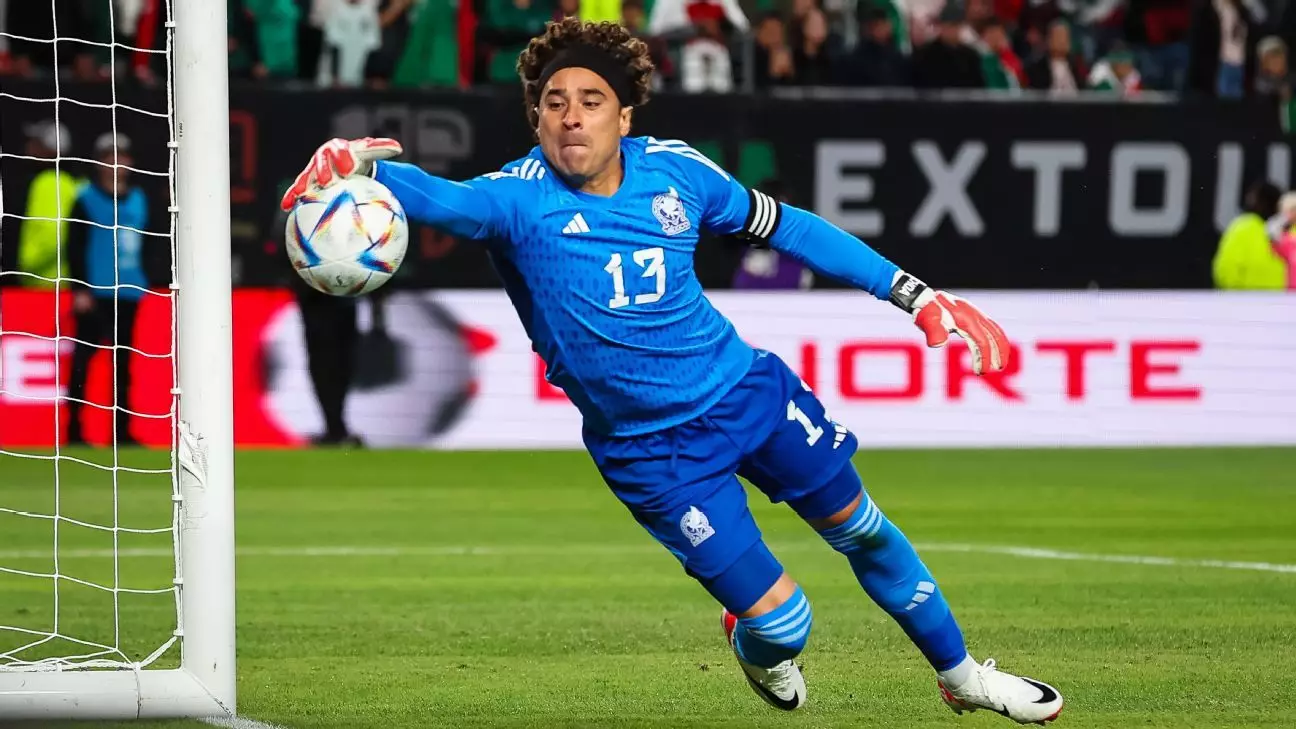In a significant move that signals the Mexican national soccer team’s intent to balance experience and youth, veteran players Guillermo Ochoa and Raúl Jiménez have been summoned back to represent El Tri in upcoming friendlies against Valencia on October 12 and the United States on October 15. After their notable omission from the Copa América roster, their inclusion by new manager Javier Aguirre illustrates a strategic pivot for a team that has recently faced challenges in performance and management. This decision not only aims to stabilize the team but also to reinvigorate a squad that suffered an early exit from the Copa under the guidance of former head coach Jaime “Jimmy” Lozano.
Mexico’s performance in the latest Copa América was underwhelming, leading to an early departure in the group stages, which ultimately cost Lozano his position. The absence of established stars like Ochoa and Jiménez was felt acutely during the tournament. Their reintroduction into the lineup suggests a conscious effort from Aguirre to capitalize on their experience while also strengthening the squad’s competitive edge. The inclusion of these veterans may not only provide leadership on the pitch but could also serve as a morale boost for younger players, who might be looking for guidance in high-pressure situations.
Aguirre’s 27-man roster also showcases a mix of established talents and emerging prospects, including Edson Álvarez from West Ham, César Montes from Lokomotiv Moscow, and Orbelín Pineda from AEK Athens. This blend of players signifies Aguirre’s intention to create a robust team capable of performing under pressure while preparing for future tournaments. Among the intriguing aspects of this call-up is the potential debut of two young players: Obed Vargas from Seattle Sounders and Germán Berterame from Monterrey. Their integration could signal a shift towards a more youthful approach, particularly if seasoned players can inspire their development.
Nonetheless, the roster is not bereft of challenges. High-profile absences due to injuries, such as Hirving “Chucky” Lozano, Santiago Giménez, and Luis Chávez, point to the difficulties the team faces in fielding a fully fit squad. This situation underscores the importance of having a deep talent pool to draw from, allowing Aguirre to face such adversities while maintaining competitive integrity. These injured players were also significant omissions from the Copa America, marking a recurring issue that Aguirre must navigate deftly to build a reliable and capable national team.
Perhaps one of the most poignant inclusions in this squad is 38-year-old Andrés Guardado, making a return after a two-year hiatus in anticipation of a farewell match against Valencia. His experience and leadership are invaluable for a squad that requires both tactical acumen and emotional resilience. As El Tri embarks on this new chapter under Aguirre, the blending of youth and experience may very well chart a course toward greater success and redemption for Mexican soccer on the international stage.
While the upcoming friendlies may not hold the weight of competitive fixtures, they represent a crucial moment for Aguirre to assess his squad, reaffirm team dynamics, and set the stage for future tournaments. The return of Ochoa and Jiménez, alongside strategic incorporations and the looming specter of injured talent, reveals a national team in transition, poised for recovery and renewed ambition.


Leave a Reply